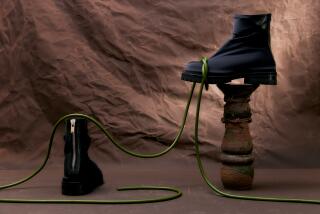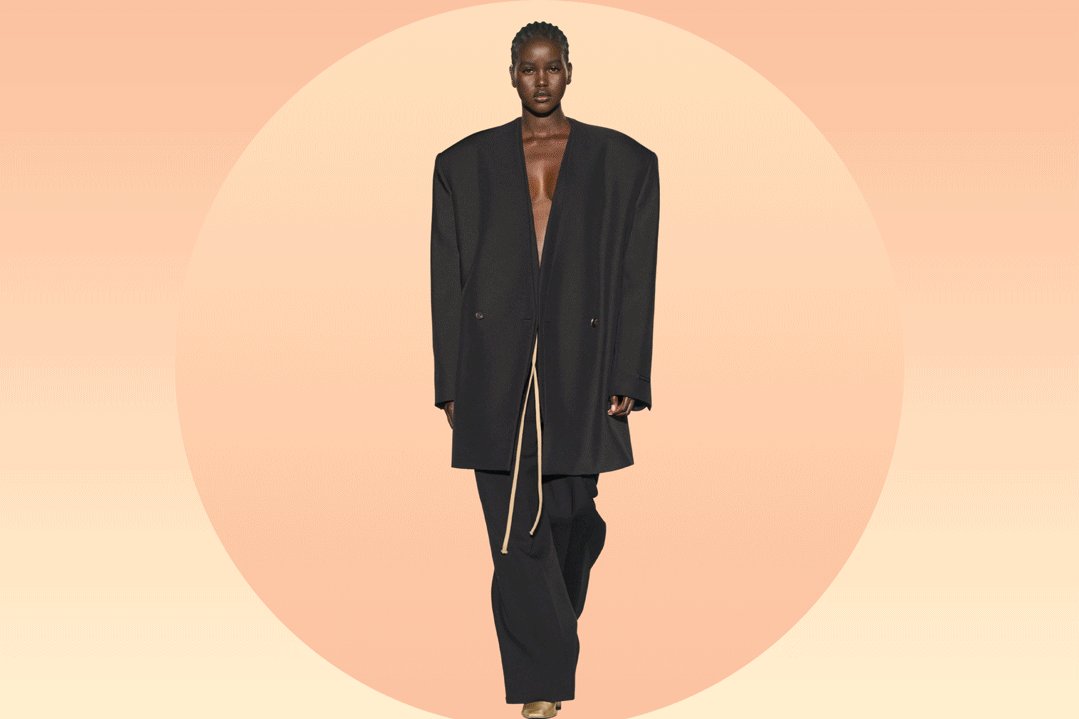FASHION : DEFINITIVE : Elite Were Among the First to Finger Gloves as Fashion Statement
- Share via
A staple in colder climes, the leather glove in Southern California is usually seen on the hands of Porsche and BMW drivers. And when the Santa Anas give way to cool winds in January and February, women often keep a pair in their purse.
Hands are often seen as mirrors of one’s personality, which is why the gloved hand has a suspicious past, hiding fingerprints and a wet, nervous handshake. The ancient Persians began covering their fingers in animal hides, which made Greeks and others who traded with them cringe when they shook their hands.
The glove later became a symbol of privilege, a sign of a nobleman who had to protect his uncalloused hands from the elements. Richard the Lion-Hearted, while returning to England after the Crusades, tried to disguise himself when his entourage was confronted by thieves. His effort would have worked, had he been able to toss his jeweled gloves to the side of the road in time.
In Medieval Europe, a lady’s glove that fell to the ground brought a favor to the knight who picked it up, and a test of love if the glove were dropped (not so accidentally) in a pit of lions or a cave.
It wasn’t until the mid-19th Century that gloves began to be worn by those other than aristocrats. In France, a tailor designed a stamping machine that cut hundreds of hand forms out of leather in an hour, making a hand covering cheaper and accessible to most everyone.
Today’s gloves fit better than these early types, which usually came in only one size. Lined with nylon, wool or silk, they provide excellent heat retention.
While available in almost any shade you can dream of, one color outsells every other two to one: the mysterious black.






